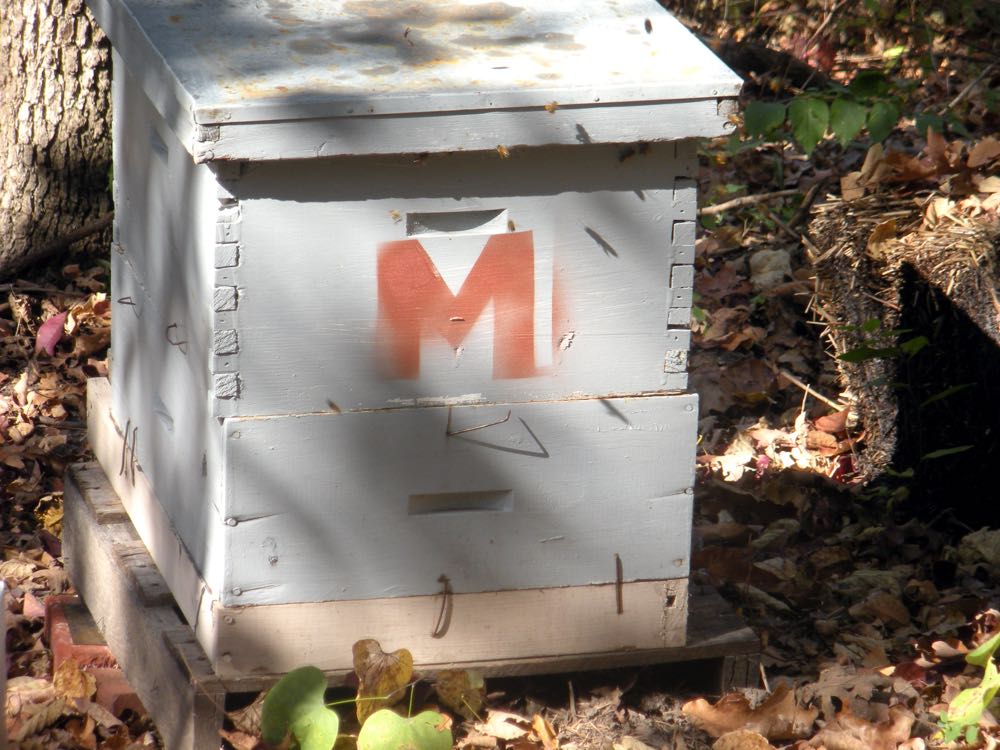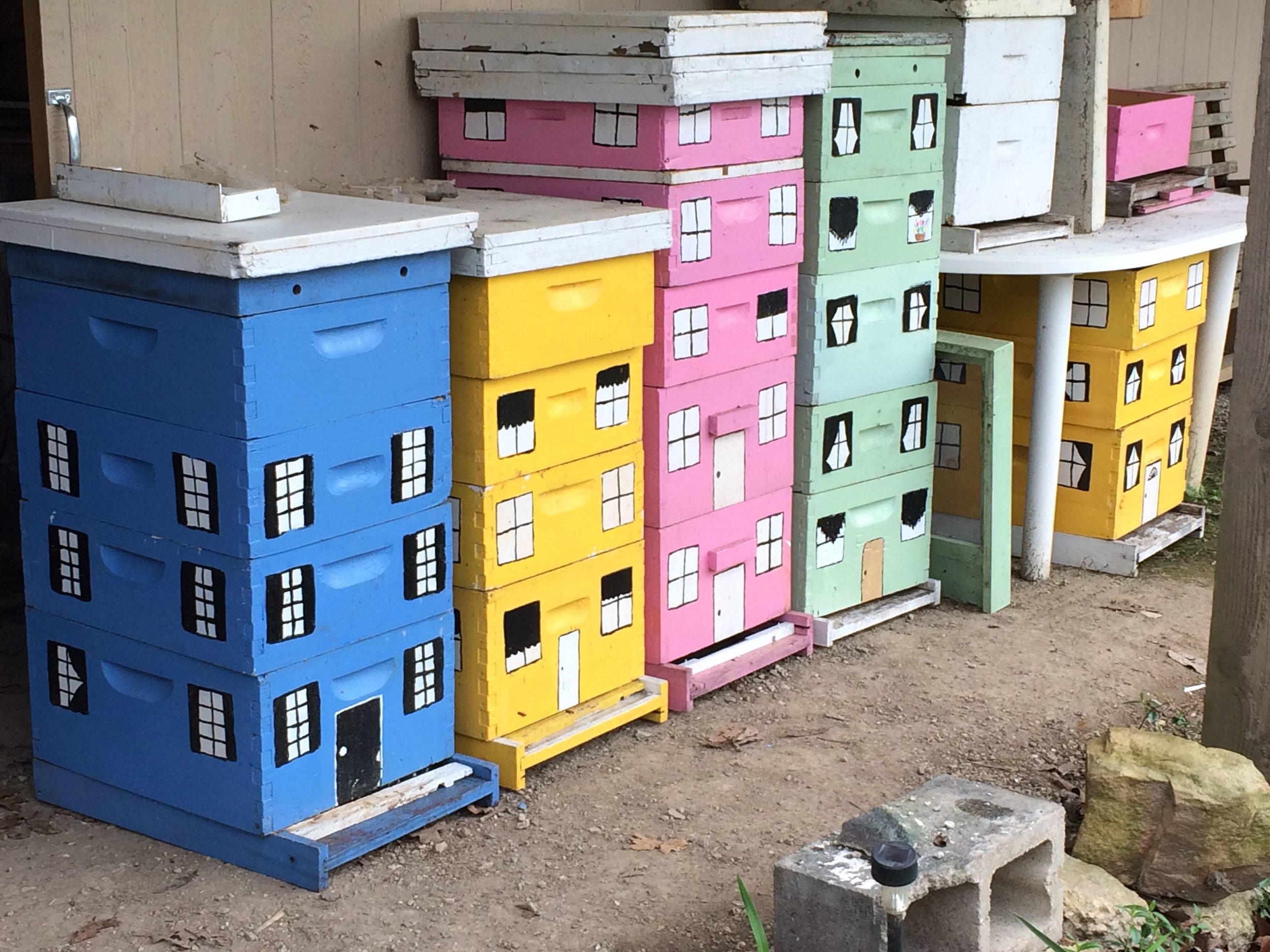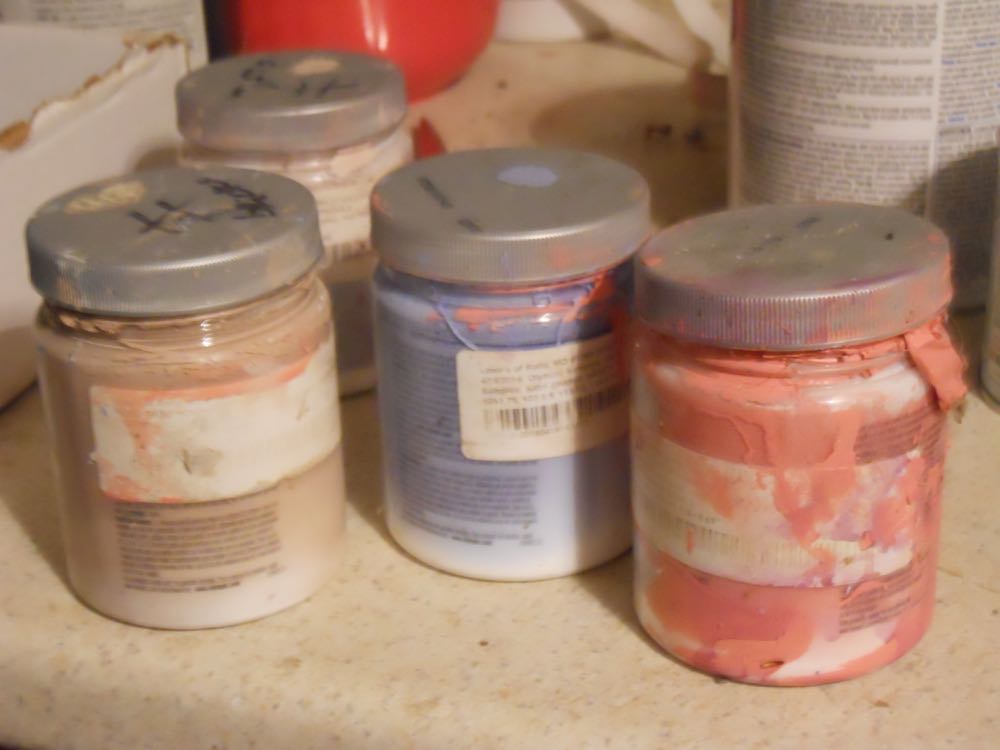Painting Bee Hives
/My 8-frame blue hive and my first grey, now repainted green 10-frame hive in my garden.
Painting Bee Hives
Have wooden bee hives to paint?
Good news, bee hives don't have to be a boring one color, such as white or grey, and certainly don't paint all of your hives the same color.
Honey bees will literally "drift" from their home base as they return with pollen, often settling in the hives on the outside of their periphery. Or the hive closest to them landing with a heavy load.
Every hive should have a distinct personality. The easiest way is to give each hive a different geometric design so bees can tell which one is their home. The hives can be the same color as long as each one has a unique mark.
How to Paint Bee Hives
To paint bee hives, use a latex paint, it dries faster and is easier to clean off of you.
Don't paint the inside of the hive, only the outside and the hive rims. Also don't paint frames, inner covers and queen excluders. You can paint the edge of screened inner covers. I also recommend painting the inside of your telescoping covers so you can more easily spot small hive beetles.
Make sure you give them time to dry or they will stick.
Here's one simple hive that used two paint colors to give their hive a distinct look.
This beekeeper used yellow and a dark pink to give his hive a distinct look.
If you have kids, get them involved in decorating the hive. This hive was decorated with a child's handprint motif.
Kids hand prints help to give this hive a distinct personality and look.
Side view of these hives painted with the help of young artists.
My first hives were that drab grey color. I first distinguished them by adding a stencil for the name of the colony:
One of my first two hives I named after my mother, Gertrude, and my grandmother, Mildred.
Then with a winter available, I repaired the old hives and painted them to look like houses so my neighbors better understood what the hives were.
Some of my first painted bee hives repainted from their original drab grey color.
If you've visited David's apiary, you know "honey maple" hive. David has his hive colors on a spread sheet and names his colonies after the paint hive colors. His hive boxes also are painted in the same color family, going from the deep color in the bottom hive to the light color on top:
Uh, oh, honey maple hive has the color scheme out of order, wonder if David noticed!
For his nucs, David has numbered and labelled each one as well as given them different colors.
As you can see, you can be as simple, or as creative as you want to be.
To get a variety of colors, home improvement stores sell sample jars for around $3. If you first prime your hives, the little jar of paint will easily cover 6-8 hive boxes.
These are some of the paint samples I borrowed from David. Yes, they get a little messy.
Big box stores also sell craft paints in small jars for $3-$5 each.
In terms of colors, find something that will look nice in your garden. Remember bees see red as a grey color and don't like dark colors like black, brown or navy blue so pick colors that will make you, and your honeybees, happy.
Happy painting!
Charlotte




















